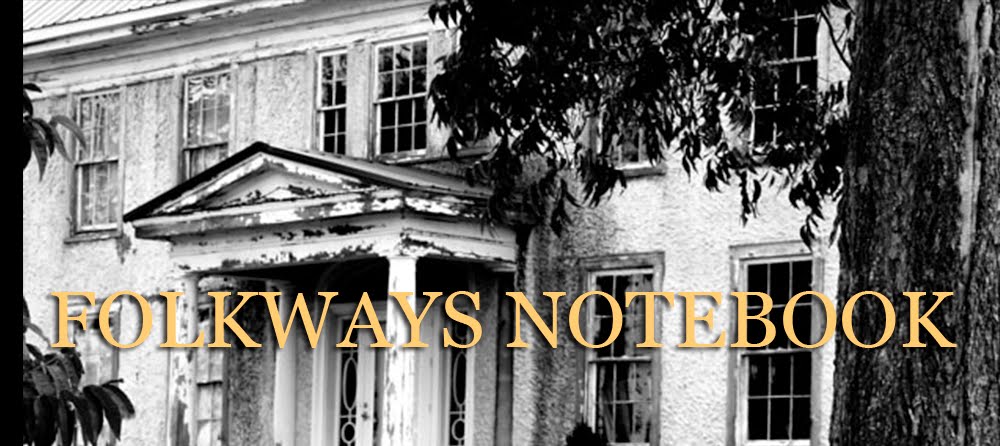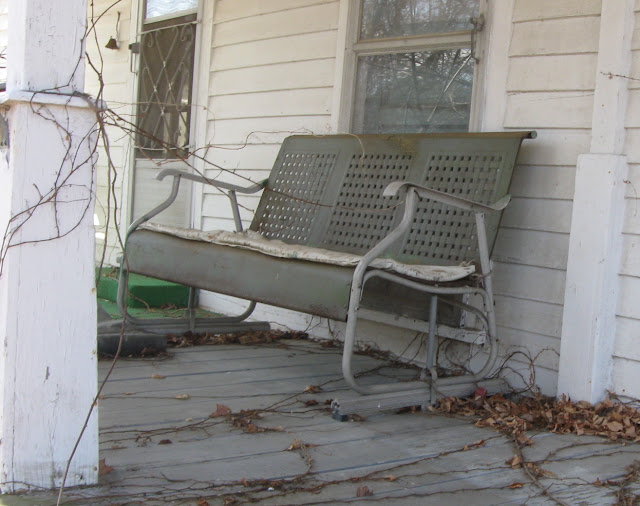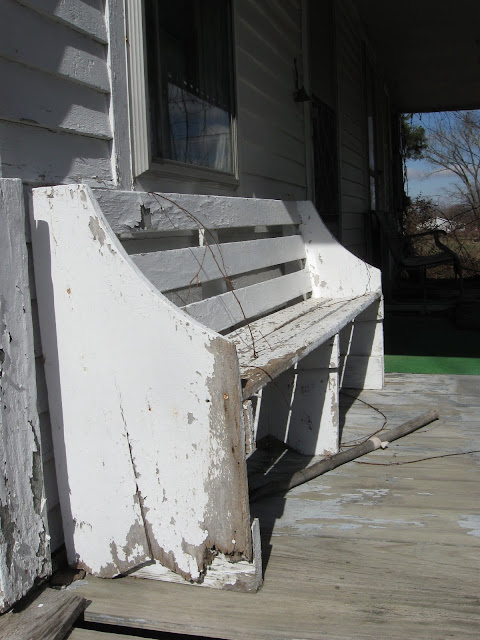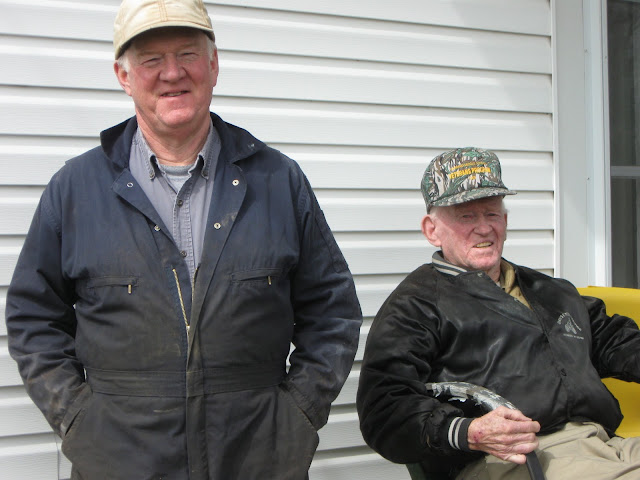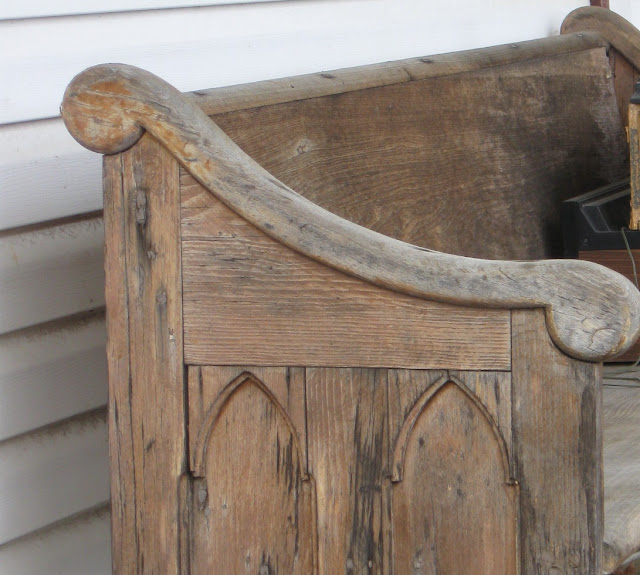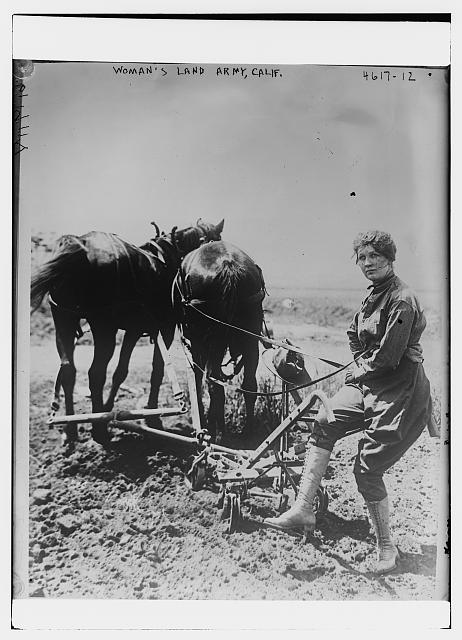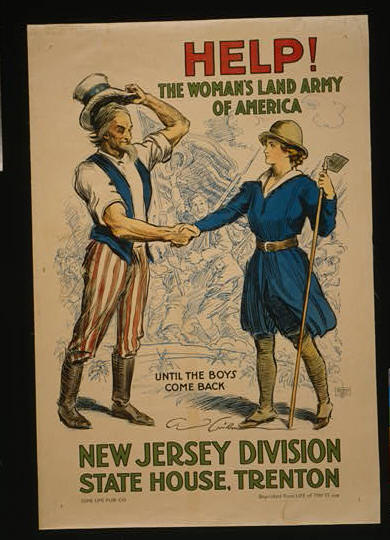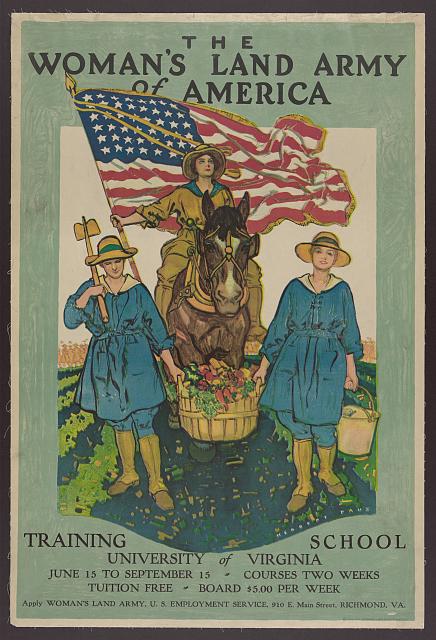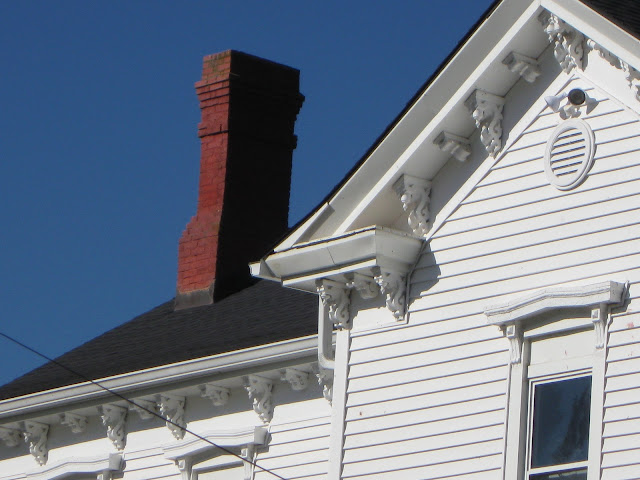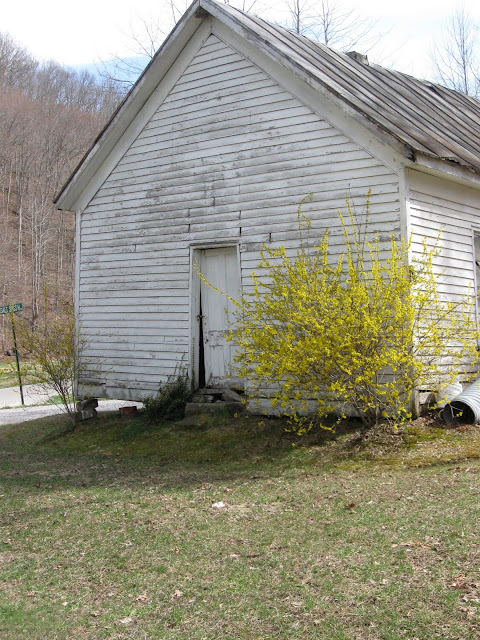 |
| DAVIS BRANCH ONE ROOM SCHOOL HOUSE |
This past weekend my son and I rode the back-roads toward a place called Climax to stock up on some fresh spring water. It was a gorgeous sunny day in the 70s. We filled many gallon containers and then decided to take a ride looking for some disappearing fragments of the area's culture.
One thing we wanted to do was to stop and check out an old one room schoolhouse we had noticed previously. We were in luck as the owner of the schoolhouse was available to fill us in on some of the background of the old building.
.
 |
| MIKE HEIMS -- NOW OWNER AND FORMER STUDENT OF THE DAVIS BRANCH ONE-ROOM SCHOOLHOUSE IN THE BACKGROUND |
Mike Heims is the owner of the Davis Branch Schoolhouse. He represents its past as he was a student there from the first grade through the eighth grade. He has a store of memories related to the school..
Mike has lived in his family home, about fifty yards from the original site of Davis Branch School, for most of his life. Attending school and farming with his dad filled much of his early life. In his adult life he has worked in the building trades and continues still at age 68.
 |
| SCHOOLHOUSE ENTRANCE |
They closed the school 53 years ago. A new larger school was built a few miles away that took in the surrounding students that attended one-room schoolhouses. Thus Davis Branch was closed two years after he left it.
Eventually the school and property were auctioned off with the winning bid going to Mike. He paid about four hundred dollars for it. He bought it for its memories and the fact that it sat right next to his family's farm.. .
 |
| POTBELLY STOVE |
Mike shared several stories about the school with us. Here is one of them.
The school was heated by a coal burning potbelly stove which still resides in its original place. Older boys, during certain school days, gathered tree twigs in the nearby woods for kindling. The teacher hired Mike to start up the stove before she and the students arrived in the morning. She paid him a nickel a day for his services. A load of coal sat behind the schoolhouse -- close to where the two outhouses were -- one for the girls and one for the boys.
 |
| OLD METAL ROOF MEETS SIDE WEATHER-BOARDING |
The metal roof is in fairly good shape.
 |
| SCHOOLHOUSE WITH ROCK PILINGS |
Mike admits that the schoolhouse's structure is struggling. He won't sell -- it has too many memories for him. It is all original -- wood weather- board siding and metal roof. The windows are original -- the bottom sash was opened to let the cooler air drift inside to cool off the students during warm days..
 |
RECTANGULAR FORM WITH ROCK PILINGS FOUNDATION.
STAIRS TO FRONT DOOR ARE CUT LIMESTONE SLABS. |
Overall the schoolhouse has a gable sided entrance. There is only one door to the interior, six windows for light -- three on each adjacent side, all within a beautiful country setting.
The school sits like an elderly gentleman gracefully adding its own history to the landscape.
